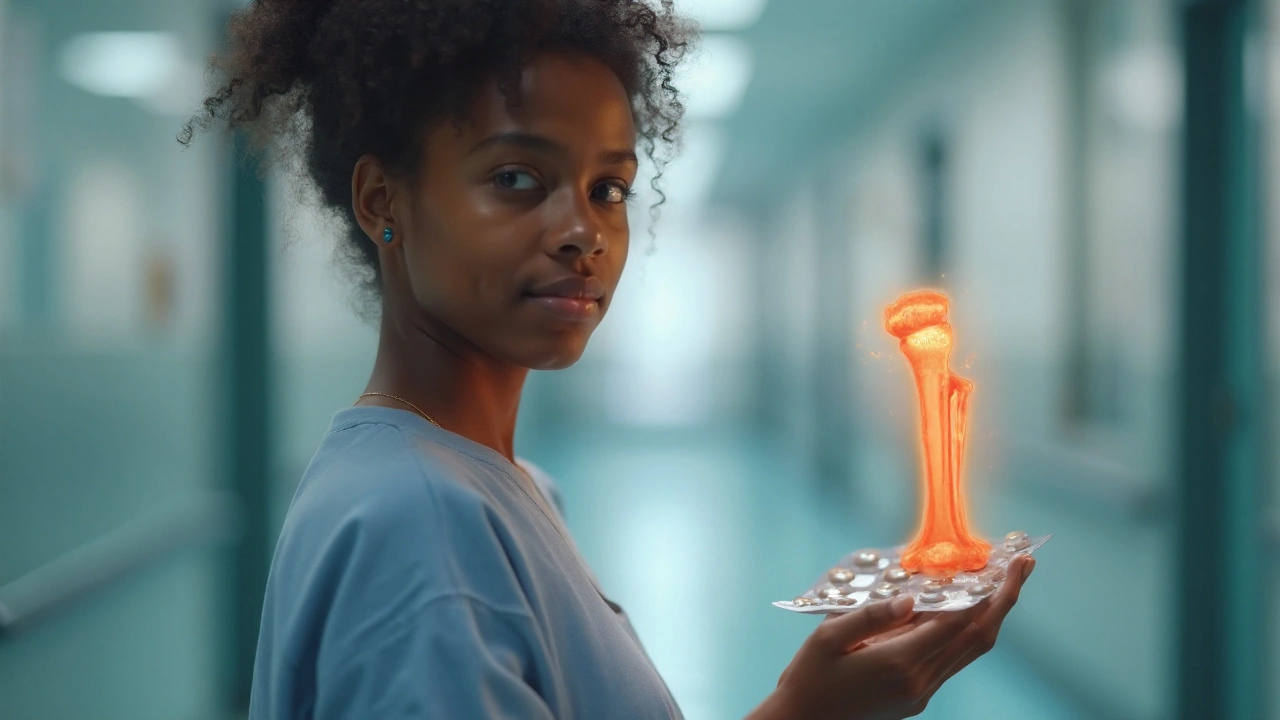Bone Mineral Density: What It Means and How to Keep It Strong
Bone mineral density (BMD) is a measure of how much mineral – mainly calcium – is packed into a piece of bone. The more mineral, the denser and stronger the bone. Low BMD is a red flag for osteoporosis, which makes bones fragile and easy to break. Knowing your BMD helps you catch problems early and take action.
How BMD Is Measured
The most common test is a DEXA scan. It’s a quick, painless scan that uses low‑dose X‑rays to take pictures of your hip and spine. The results come as a T‑score: a score of 0 is average, above 0 is better, and below ‑1 signals low bone mass. Your doctor can order a scan if you have risk factors like age over 50, family history of osteoporosis, or frequent fractures.
Practical Ways to Boost Your Bone Density
First, load up on calcium. Dairy, leafy greens, fortified plant milks, and almonds are easy sources. Aim for about 1,000 mg a day if you’re under 50, and 1,200 mg if you’re older.
Vitamin D is the sidekick that helps your body absorb calcium. Sunlight for 10–15 minutes a day or a supplement of 800‑1,000 IU can keep your levels in check.
Weight‑bearing exercise works like a natural hammer for bone. Walking, jogging, dancing, or resistance training for 30 minutes most days gives your skeleton the stress it needs to stay strong.
Avoid habits that chew away bone. Smoking and heavy drinking both speed up bone loss. Cutting back can make a real difference.
If diet and exercise aren’t enough, talk to your doctor about supplements or medications. Options like bisphosphonates, hormone therapy, or newer drugs target bone‑building cells directly.
Finally, keep an eye on your risk factors. Women after menopause, people on long‑term steroids, and those with chronic illnesses are more vulnerable. Regular check‑ups let you adjust your plan before a fracture happens.
Bottom line: knowing your BMD is the first step. Pair that knowledge with calcium, vitamin D, movement, and healthy habits, and you’ll give your bones the best chance to stay dense and resilient for years to come.
Explore how Abacavir affects bone health, compare it with other HIV drugs, and learn practical steps to protect your skeleton while staying on treatment.


 Medications
Medications